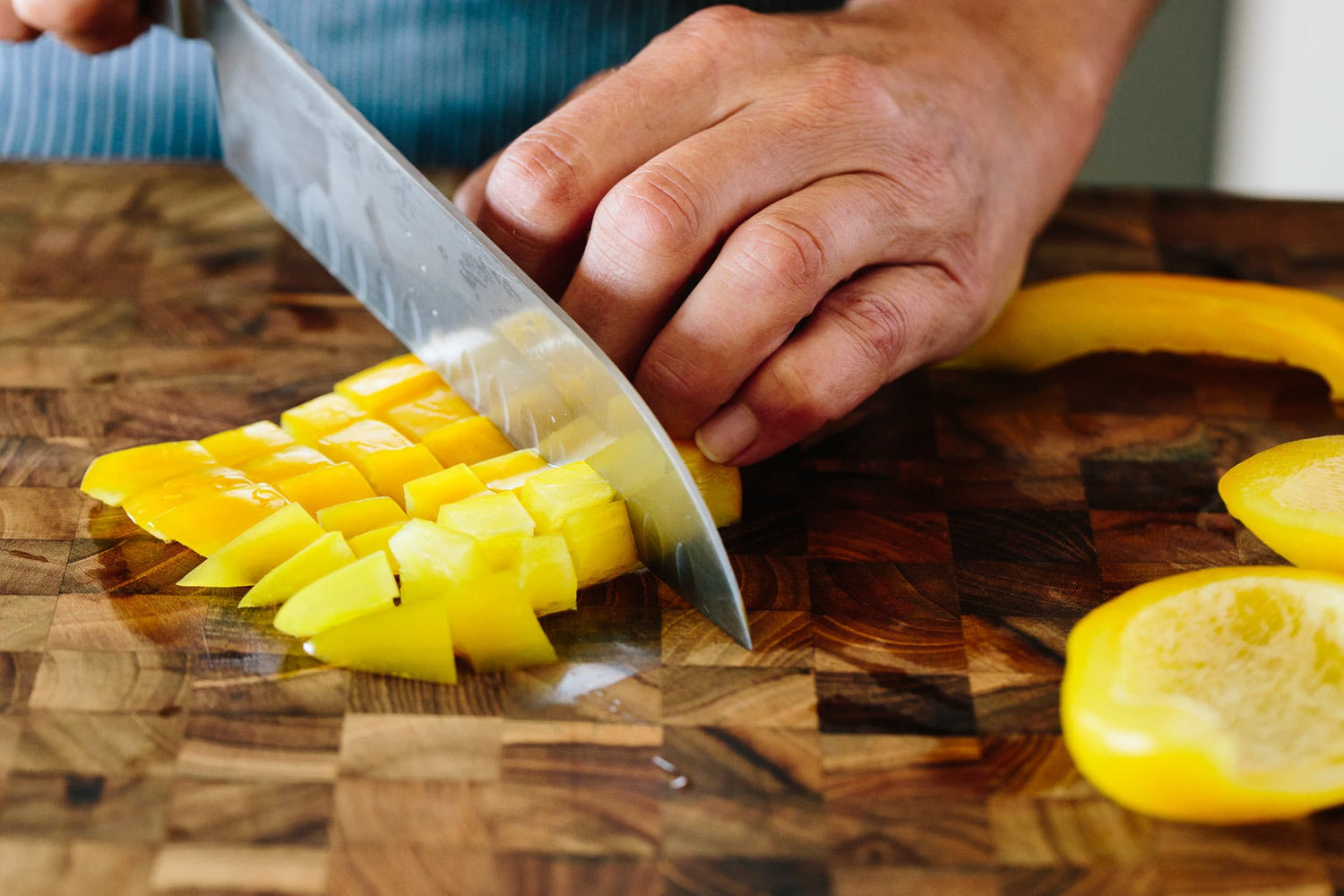In an organized and efficient kitchen, certain tools stand out as essential. One such item is the plastic cutting board. Whether youre a home cook, a professional chef, or simply someone who enjoys cooking, grasping what is a plastic cutting board used for is crucial for enhancing your culinary experience and ensuring food safety. In this article, we will delve into its various uses and benefits, as well as its significance in professional kitchens.

Key Uses of Plastic Cutting Boards
Plastic cutting boards are popular kitchen must-haves primarily due to their versatility. Here are some of their main applications:
1. Food Preparation
The most obvious use for a plastic cutting board is for food preparation. Whether you're chopping vegetables, slicing meat, or dicing fruits, plastic boards provide a sturdy surface that protects your countertops. Their non-porous nature prevents liquids from being absorbed, making them an ideal choice for juicy items like tomatoes or raw chicken.
2. Preventing Cross-Contamination
Plastic cutting boards can be color-coded to help prevent cross-contamination in bustling kitchens. For instance, a red board can be designated for raw meat, while a green board is allocated for fruits and vegetables. This system is highly recommended by professionals and can significantly aid in maintaining hygiene. To learn more about cutting board color coding, check out this page.
3. Sharpening Knife Skills
Plastic cutting boards are excellent for honing your knife skills. Their forgiving surface is gentler on blades when compared to harder materials such as glass or stone, helping to extend the lifespan of your kitchen knives.
Benefits of Using Plastic Cutting Boards
Understanding what is a plastic cutting board used for goes beyond its surface applications. Let's take a look at its benefits:
- Durability: Unlike wooden boards, plastic cutting boards can endure frequent use and washing without warping or cracking.
- Easy Cleaning: Plastic boards are often dishwasher-safe, ensuring thorough cleaning after each use.
- Cost-Effective: Generally, plastic options prove to be more budget-friendly compared to alternatives like bamboo or hardwood.
Plastic Cutting Boards in Professional Kitchens
In commercial kitchens, where efficiency and sanitation are vital, plastic cutting boards are often the preferred choice. Heres why:
1. Ease of Sanitization
Plastic boards can be easily sanitized to eliminate harmful bacteria. Washing with hot soapy water or placing them in the dishwasher makes them a convenient option for cleanliness. Discover more about the significance of sanitizing cutting boards from this resource.
2. Flexibility
Professional kitchens often juggle an array of ingredients under tight timeframes. Thanks to their lightweight and durable construction, plastic cutting boards are effortless to move and adapt to various tasks.
3. Compliance with Food Safety Standards
Many regions' food safety regulations endorse the use of plastic boards due to their non-porous nature and ease of cleaning.
Common Concerns and Solutions
While plastic cutting boards offer several advantages, some professionals have questions about their longevity and safety. Here are common concerns along with their solutions:
1. Do Plastic Boards Retain Cuts?
Yes, over time, plastic boards can retain knife cuts, which may harbor bacteria and pose hygiene risks. It's advisable to replace heavily used boards regularly.
2. Are They Heat Resistant?
Plastic cutting boards are not intended for high heat. Avoid placing hot pots or pans on them to prevent melting or warping.
Maintaining Your Plastic Cutting Board
To prolong the life of your plastic cutting boards, consider these maintenance tips:
- Regularly sanitize to prevent bacterial growth.
- Replace the board once you notice deep cuts or warping.
- Utilize different boards for distinct tasks in the kitchen.

FAQs
1. Can Plastic Cutting Boards Be Used for Meat?
Absolutely! In fact, plastic cutting boards are often favored for meat due to their non-porous properties that inhibit bacterial growth.
2. How Often Should You Replace a Plastic Cutting Board?
Its wise to replace your board when it develops significant cuts or after 6-12 months of intensive use.
3. Are Plastic Cutting Boards Dishwasher-Safe?
Yes, most plastic cutting boards are dishwasher-safe, making cleaning straightforward and efficient.
For additional kitchen tools, check out our guide on Dutch oven substitutes or learn about the best sesame oil. For oil seasoning tips, see our article on seasoning oils. Additionally, discover how to make soybean oil at this link. Lastly, learn about corn oil production through this resource.
For further insights into cutting board options, check out this external link.
This article contains affiliate links. We may earn a commission at no extra cost to you.





Leave a comment
This site is protected by hCaptcha and the hCaptcha Privacy Policy and Terms of Service apply.